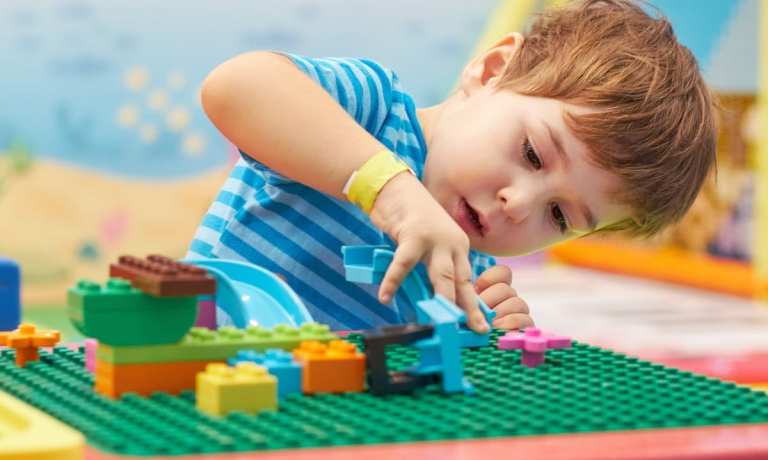Aside from Legos, dolls and bicycles were the only non-digital gifts on the overall top-10 holiday wish list for both genders compiled by RoosterMoney, a pocket money app for children. Boys ranked Legos first, followed by a phone and the online game Fortnite. Girls ranked a phone as the most sought-after gift, followed by dolls and the online gaming platform Roblox.
For boys, Legos were the only non-digital gift on their lists. Girls, who ranked Legos fourth, listed five non-digital gifts, including bikes, clothes and money, which weren’t on the boys’ list. Both genders wanted smartphones, Nintendo Switch and Roblox.
“Since our annual pocket money index in September, digital items have moved up the pecking order and analogue items have moved down,” Will Carmichael, chief executive of RoosterMoney, told the news outlet.
The children’s savings app RoosterMoney compiled its Christmas gift rankings from the savings goals of 40,000 app users July through September. The app lets parents pay their kids an allowance through the app and associate certain chores with a dollar amount. Children, in turn, can create savings goals for desired goods.
Girls uniquely asked for dolls, books, clothes, money and bicycles. Fortnite, Xbox, Pokemon and Minecraft were on the boys’ list only.
“There is a very big community element to these games, and that’s definitely a trend that’s being accelerated by the coronavirus,” Carmichael said.
Roblox and Fortnite ranked highest among youth 6 to 12 years old. The desire for Legos dropped at age 10, replaced by smartphones, computers and gaming consoles.
“Parents worry — does their child really want this gift, and are they going to use it? If children are putting their own money into it, then they are much more vested,” Carmichael said, adding that many parents use the app to “meet their children half way” and encourage them to save for pricey items.
In separate news, Revolut launched a new app with goals attached to its junior savings card. The app’s three pillars — allowances, tasks and goals — are intended to help kids 7 to 17 years old understand the importance of savings.




